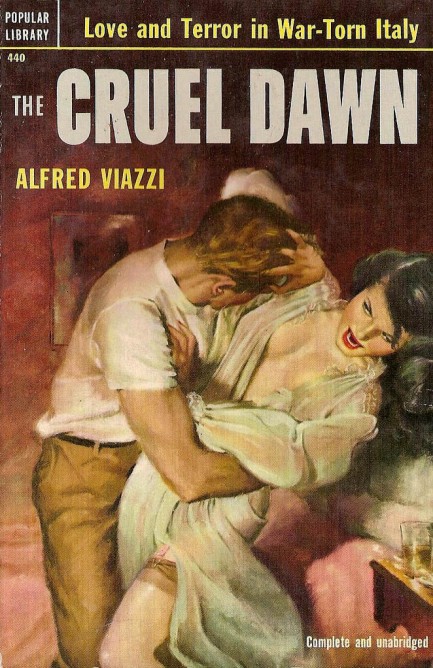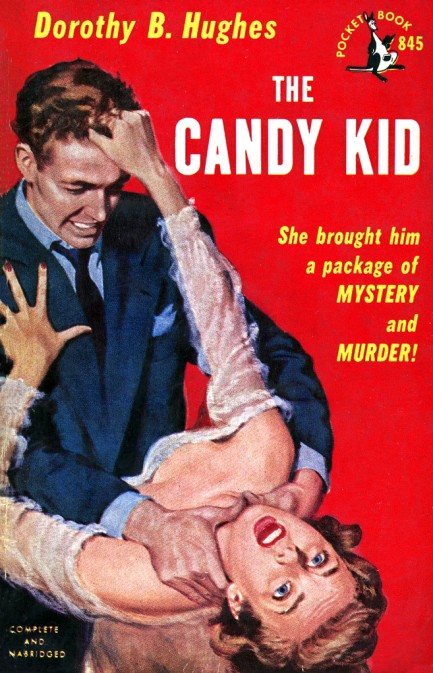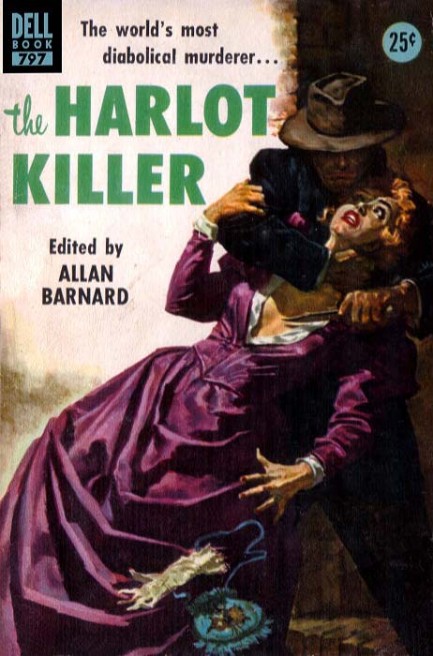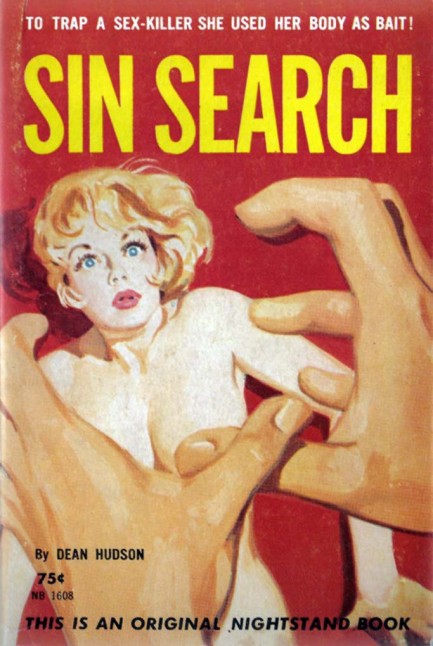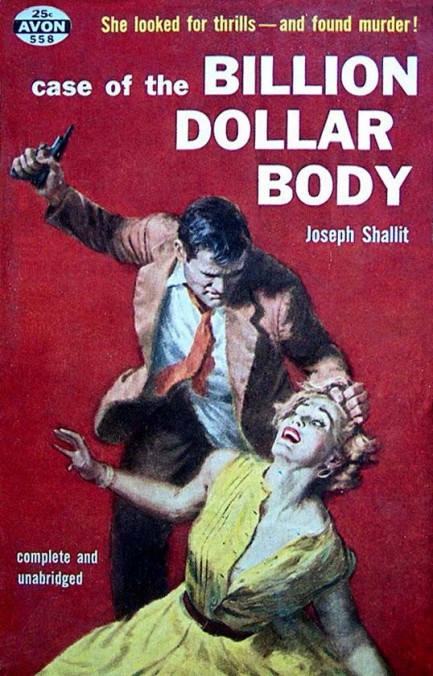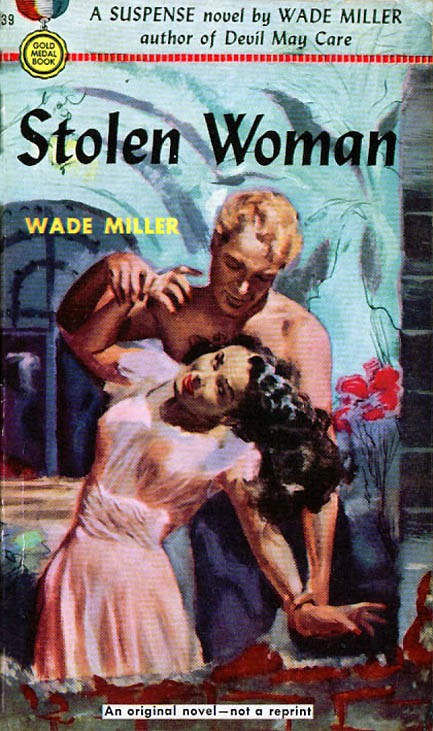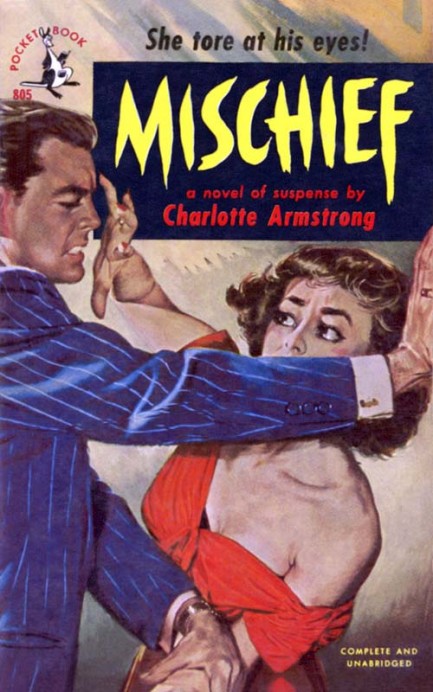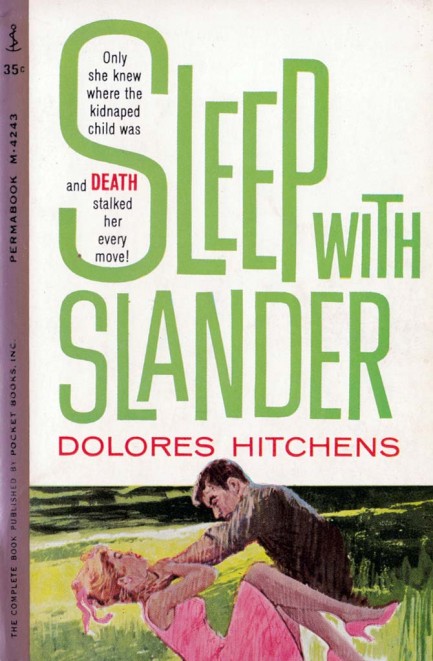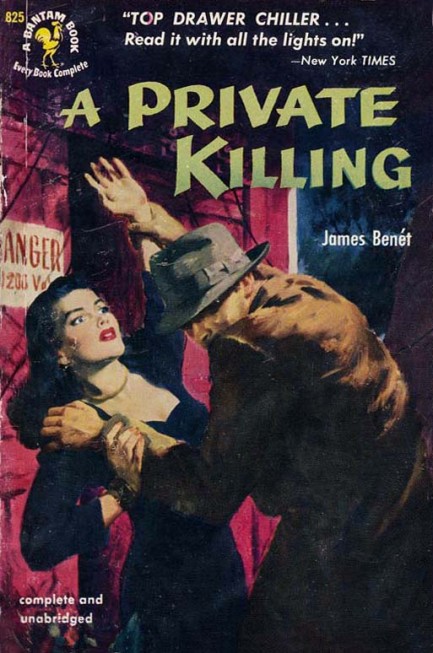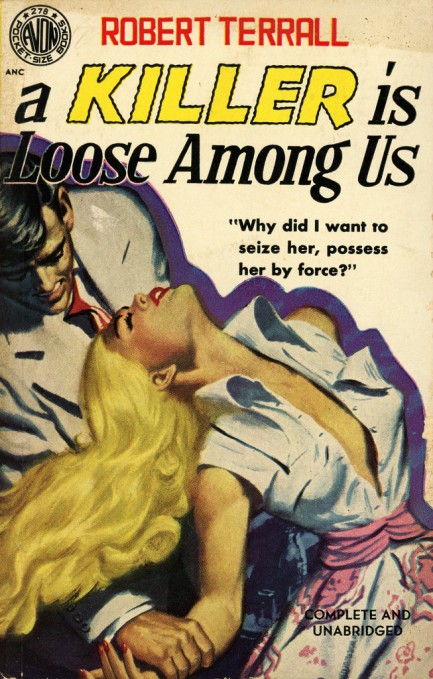| Vintage Pulp | Oct 8 2020 |

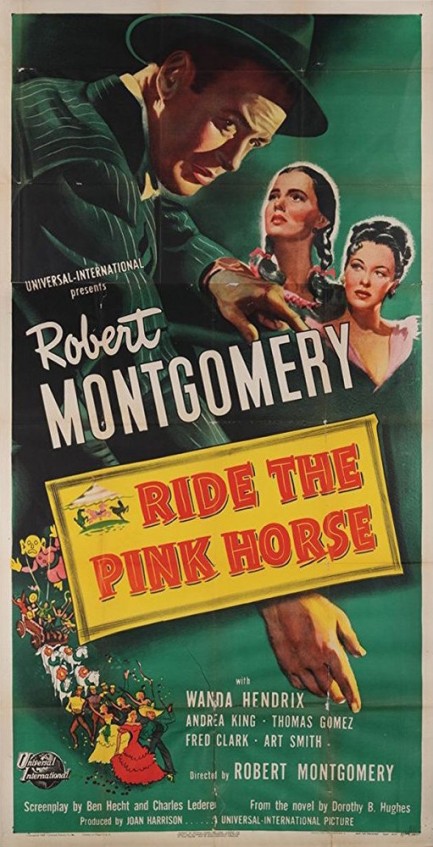
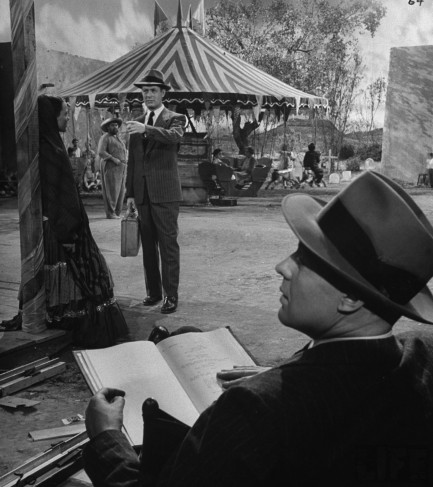
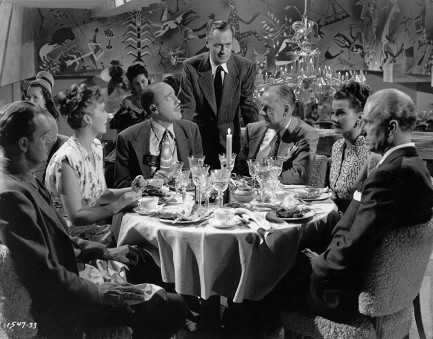
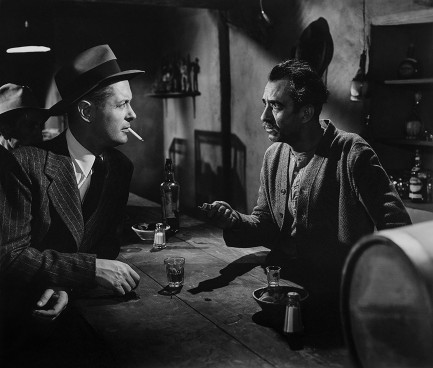
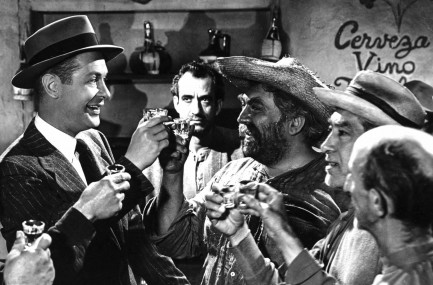
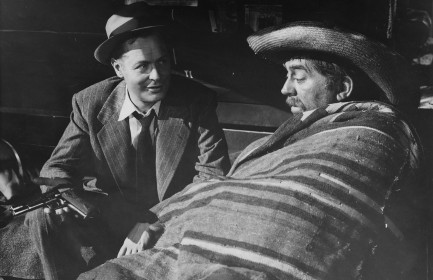
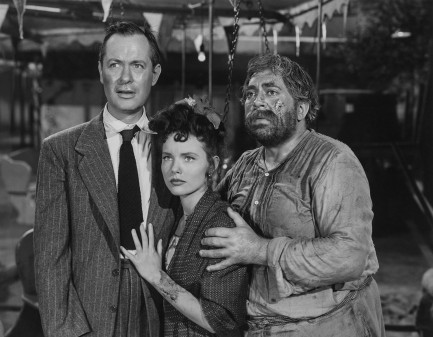
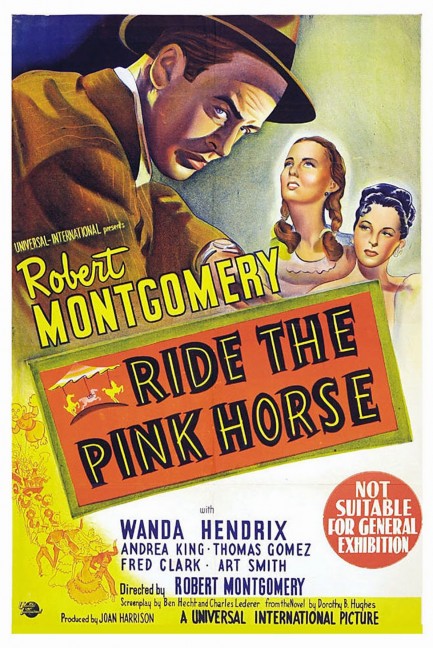
| Vintage Pulp | Mar 8 2018 |

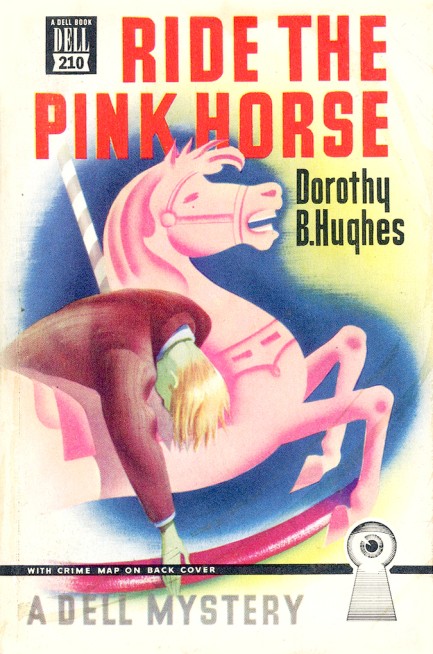
It's said that a good book teaches you how to read it. The author instructs while building the story. Dorothy B. Hughes' 1946 crime novel Ride the Pink Horse, which was the source material for the 1947 film noir starring Robert Montgomery, falls into that category. In the story a man wanders around the southwestern U.S. town of Santa Fe, New Mexico, searching for someone he calls the Sen, which is short for the Senator. We suspect the shortening of his title is designed to make it a heterograph with “sin,” because this Illinois senator-turned-crime boss rather sinfully hired out the murder of his wife then shorted the murderer part of his fee. That's why the main character, named Sailor, is adrift in this town. He's followed the Sen there from Chicago to get his money. He plans to find him, confront him, collect payment, then scurry away to Mexico.
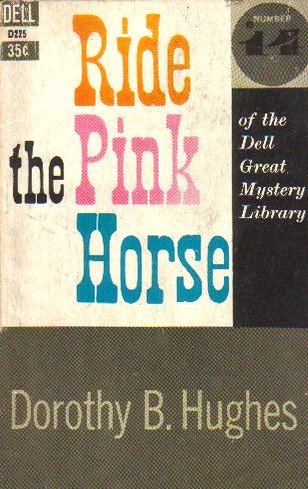 who's trying to solve murder of the senator's wife, the carousel owner who appeals to Sailor's sense of honor, the girl who recalls an innocence he can barely remember, and the beautiful Iris Towers, the focus of his wishes for a better life.
who's trying to solve murder of the senator's wife, the carousel owner who appeals to Sailor's sense of honor, the girl who recalls an innocence he can barely remember, and the beautiful Iris Towers, the focus of his wishes for a better life.When Sailor goes from seeing the town's Mexican and Native American inhabitants as something other than sub-human, maybe, we think, he isn't irredeemable. But even if he grows in some ways his hatred continues to drive him. He thinks the Sen is vermin. He wonders how such an abomination can even walk upon the Earth. When he follows the Sen into the cathedral this thought passes through his mind: He didn’t know why the dim perfumed cathedral didn’t belch the Sen out of its holy portals.
Hughes is a good writer, a unique stylist, and she gives Ride the Pink Horse the disorienting feeling of taking place in purgatory. It's a fever dream, an acid trip across a constantly shifting landscape, literary rather than pulp in approach, as much Faulkner as it is Chandler, with nothing quite solid or real apart from Sailor's hatred, which is so intense it seems as if it will consume him and leave nothing behind but a cinder. Sailor's racism is appalling, but he's not supposed to be a good man. This town filled with people that frighten and confuse him could be his salvation or his doom. He's the one who has to decide whether to step back from the precipice. Every wise character sees that he's headed for destruction. But the future isn't set. He has a chance for redemption—small, but real. Top marks for this one.
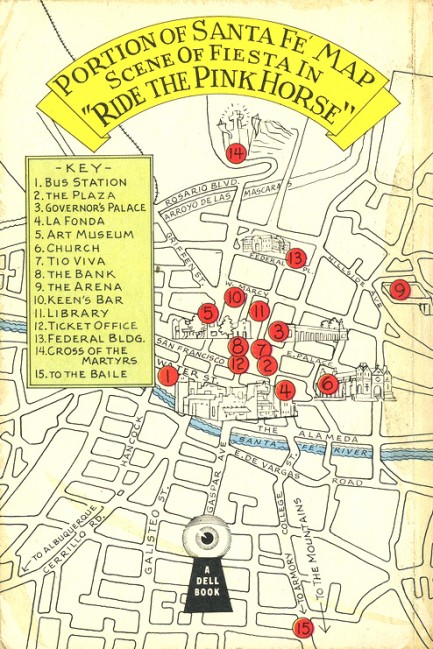
| Vintage Pulp | Dec 4 2016 |

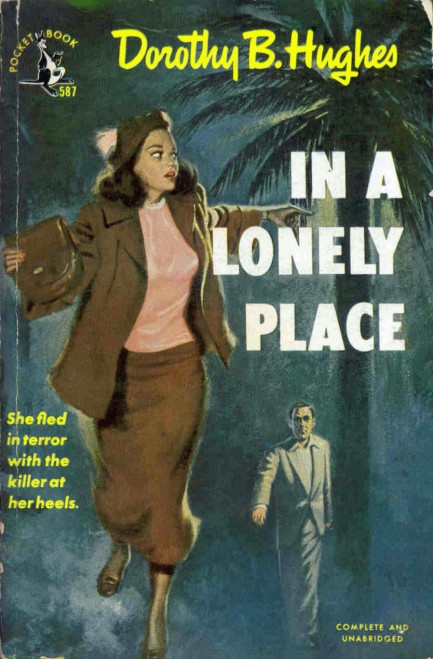
This 1949 Pocket Books paperback of In a Lonely Place by Dorothy Hughes is a rarity. The novel is abundantly available today, but the first edition paperback you see above is hard to find. The story was made into a 1950 movie starring Humphrey Bogart and Gloria Grahame, but the final product bears little resemblance to the novel. Actually, the movie is a lesson in how source material can be completely cannibalized yet still made into a superior product. In a Lonely Place the movie, after all, is considered one of the best of the mid-century noirs. We said the same about it last year. But unlike the film, Hughes' novel leaves no doubt that her main character Dixon Steele is a murderer. In fact, it's the central plot device—he kills a wealthy man and assumes his identity. The novel is said to be an inspiration for Patricia Highsmith's famed murderous grifter Tom Ripley. The nice art on In a Lonely Place was painted by Frank McCarthy, a prolific illustrator of paperbacks and magazine covers who toward the end of his career moved into fine art with frontier and western themes. We've featured him before and he'll doubtless pop up again.
| Vintage Pulp | Jan 7 2014 |

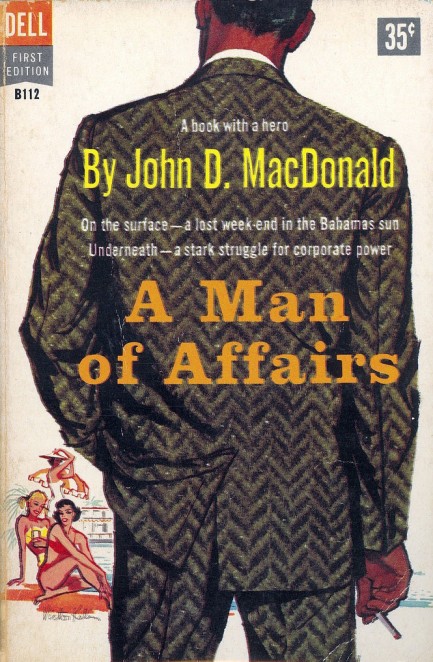
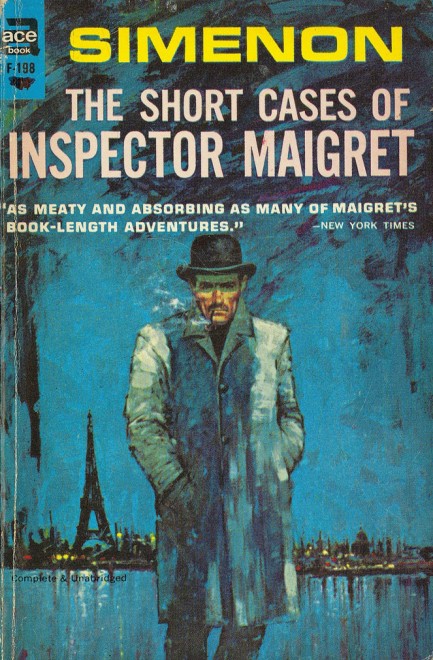
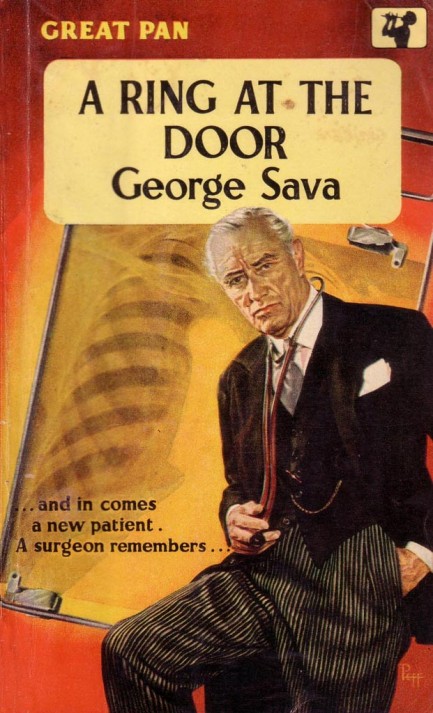
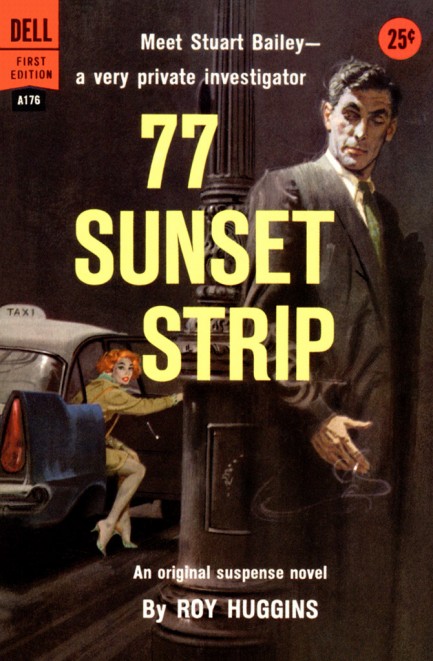
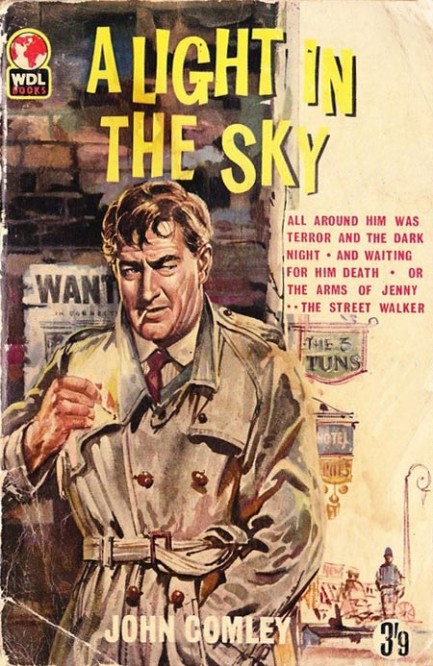
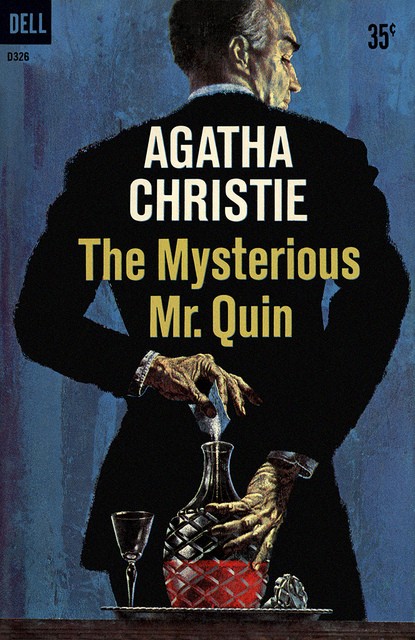
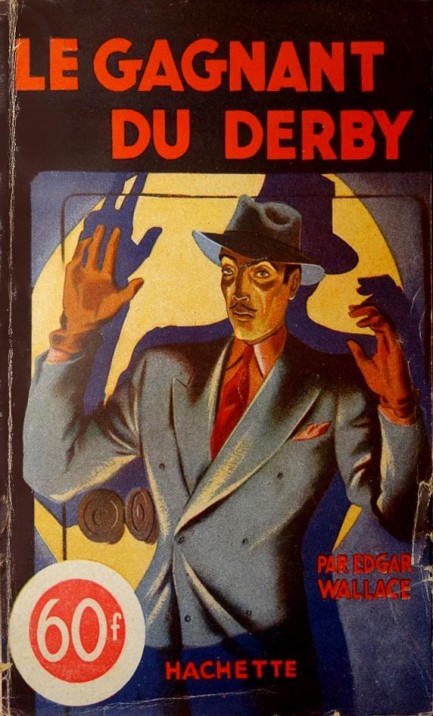
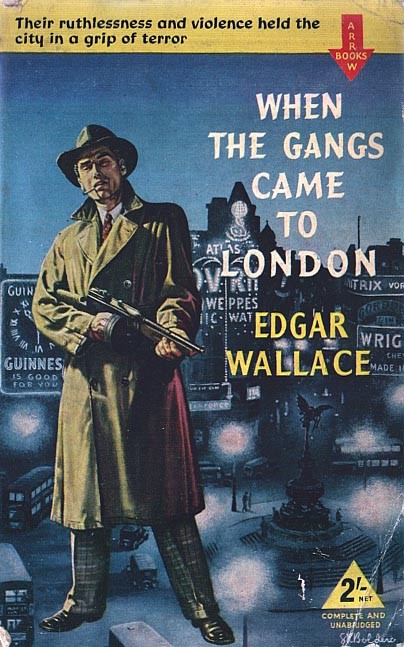
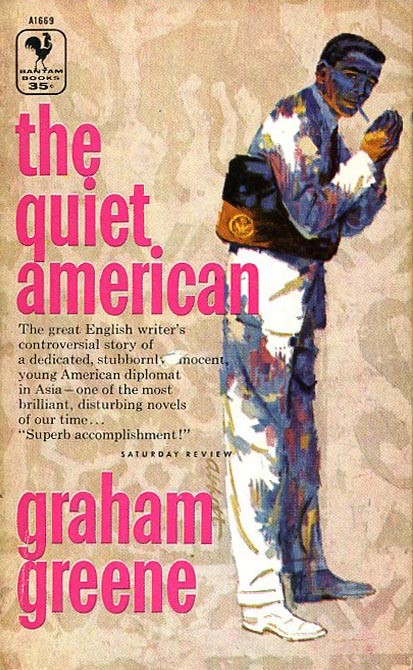
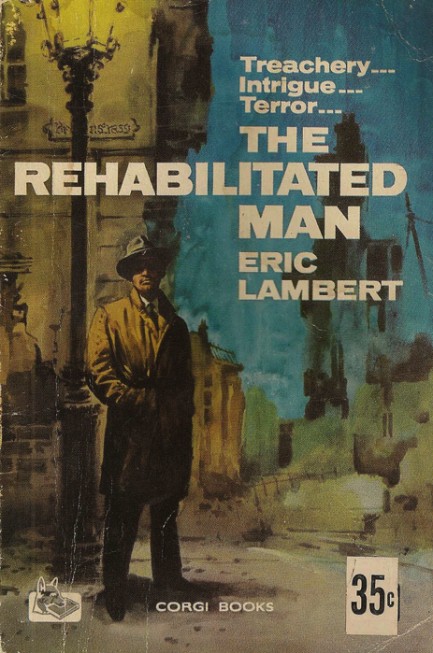
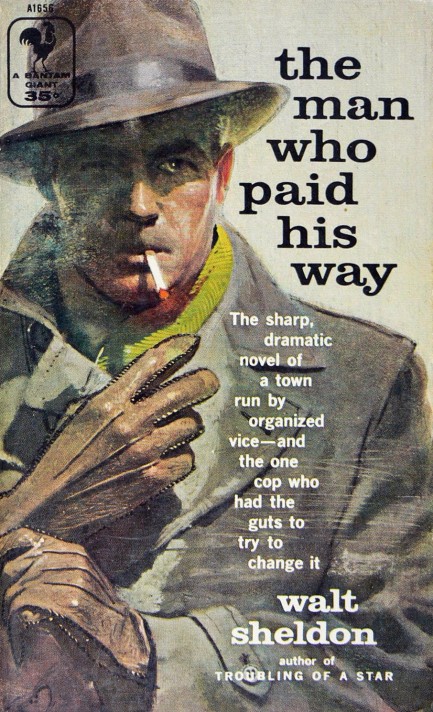
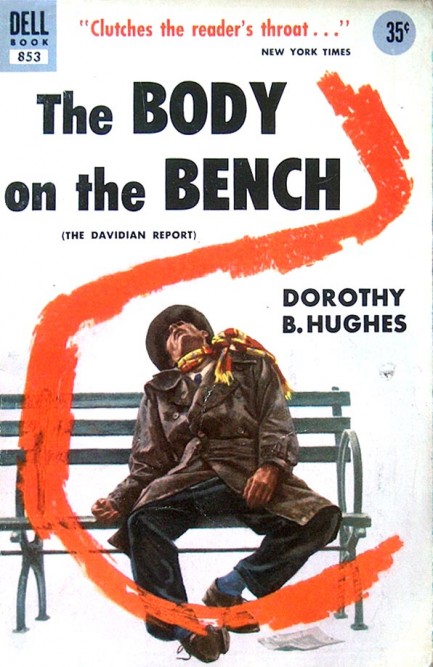
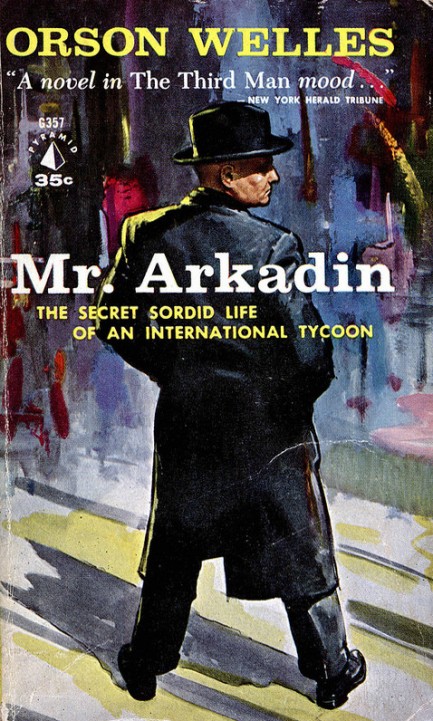
| Vintage Pulp | Apr 25 2012 |

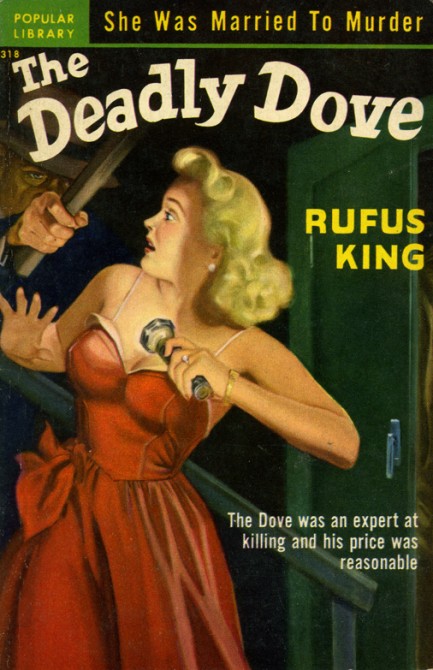
Above is the cover of Rufus King's 1945 mystery The Deadly Dove, which isn't a particularly notable book, except that it demonstrates one of the time-honored motifs in pulp cover art—the woman fighting for her life. We've cobbled together a small collection of such covers, with art by Robert Hilbert, Robert Stanley, and others.
We're curious, but unfortunately have no way of knowing, how readers reacted to these depictions when they first hit newsstands. There are probably some examinations of that question out there somewhere, but not in a place where we can find them. To our contemporary eyes, though, some of these images seem brutal to the extent that if someone actually saw us holding one in a store, we'd be like, "Oh this? Not mine. No, no, no. Found this uh, on the floor and was just, er, putting it back on the shelf. No, I was actually buying this copy of Genital Warts and U."
Okay, maybe that's a bit of an overstatement. You get the point, though. But violent or not, there's no denying the artistry on display on these covers. Thanks to various Flickr groups for some of these, by the way. In other news, that long delayed internet installation is so close we can almost taste it. How much you wanna bet it all fails spectacularly?